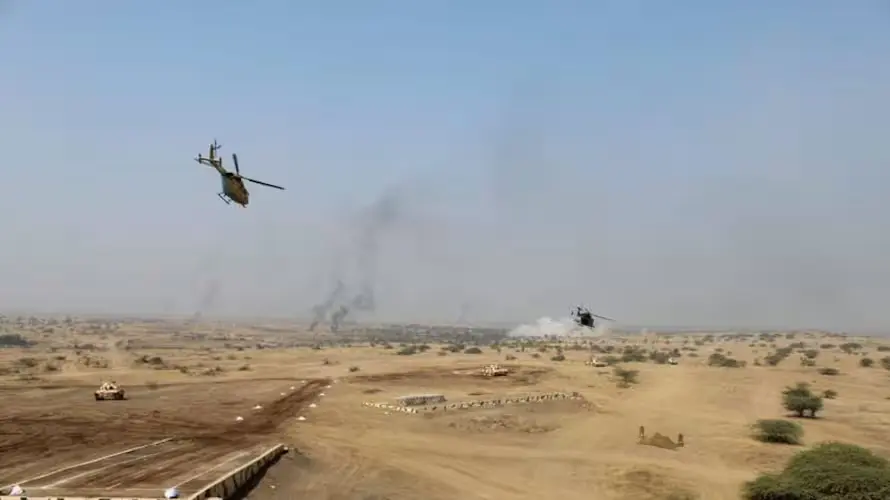These junior officers will be assigned to positions in fields that have similar (Combined) service settings, such as aviation, engineering, logistics, missiles, and air defence, to name just a few of the possible specialisations. In the initial batch, there will be a total of 40 officers transferred over from the Indian Army, along with 30 officers from both the Indian Navy and the Indian Air Force.

Over one hundred junior-level officers from the three Services will soon be part of inter-Service postings in all arms and services, including logistics, aviation, and artillery, as a step closer to the development of an Integrated Theatre Command (ITC). This will be accomplished as part of an effort to move forward with the formation of an ITC.
These officers will hold positions that are analogous to those of Majors and Lieutenant (Lt.) Colonels respectively. Cross-postings will involve officers from the Indian Navy holding the positions of Lieutenant Commanders and Commanders. Cross-postings will also involve officers from the Indian Air Force holding the ranks of Squadron Leaders and Wing Commanders. The cross-postings will take place in the coming years.
According to a source within the defence establishment who spoke with Asianet Newsable, the first batch of officers to be cross-posted would consist of a total of 40 officers from the Indian Army, 30 officers each from the Indian Navy and the Indian Air Force.
Before this, either one or two officers with the rank of Colonel were normally stationed in the headquarters of the formation.
It is important to point out that the structures of the Integrated Theatre Commands have not yet been brought into the light of day. Despite this, the three branches of the armed forces have begun the process of developing combined fighting forces.
According to the source, “these junior-level officers will get posted to areas which have common (Combined) service environments like aviation, engineering, logistics, missiles, air defence, and so on.”
When another source was questioned regarding the rationale for the selection of subordinate officers, they responded by saying that “the decision has been taken keeping jointness among the services and creation of theatre command in mind.” These officers will familiarise themselves with one another’s procedures and protocols. Additionally, they will have a greater comprehension of the nature of the service environment.
“They will not only be deployed at the headquarters or formations, but also at the unit level.”
An insider in the Indian Navy stated, “The inter-Service posting will be done in those areas where the nature of the job is similar and common in execution.” This statement was made in order to confirm the decision that was made.
The source from the Navy, on the other hand, made it clear that “nobody will be posted onboard warships.”
The administration of Narendra Modi has started the process of reorganising the armed forces in order to place all of the military assets under the leadership of a single commander. This commander would be accountable for all activities that take place within his theatre of operations.
There will be a total of five theatre commands: the Air Defence Theatre Command, the Maritime Theatre Command, the Western Command, the Eastern Command, and the Northern Command (which will include Jammu and Kashmir and Ladakh).
There are currently 17 commands spread between the Army, the Air Force, and the Navy. The Army and the Air Force each have seven commands, while the Navy has three commands. The Strategic Forces Command and the Andaman and Nicobar Command are India’s two operating tri-services commands at the moment.
The Defence Space Agency and the Defence Cyber Agency are two of the newest departments that have recently been established as tri-service institutions. Officers from all three armed services have been assigned to work in these agencies. The work being done on the Special Operations Division of the Armed Forces has reached a very advanced stage.